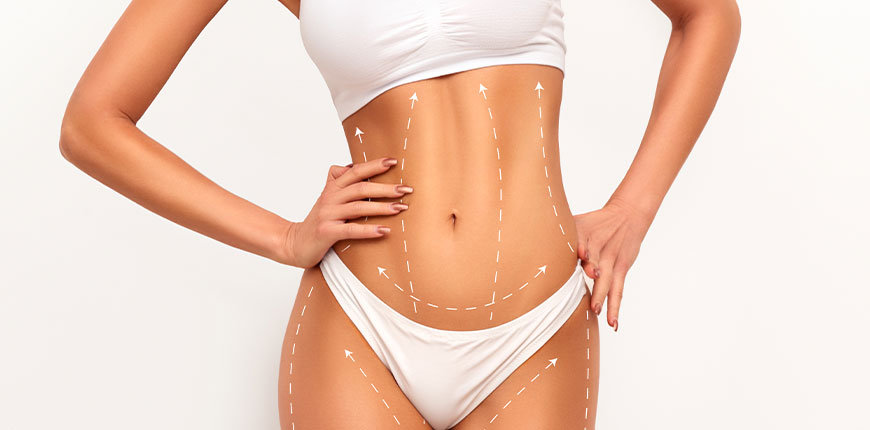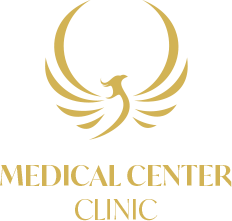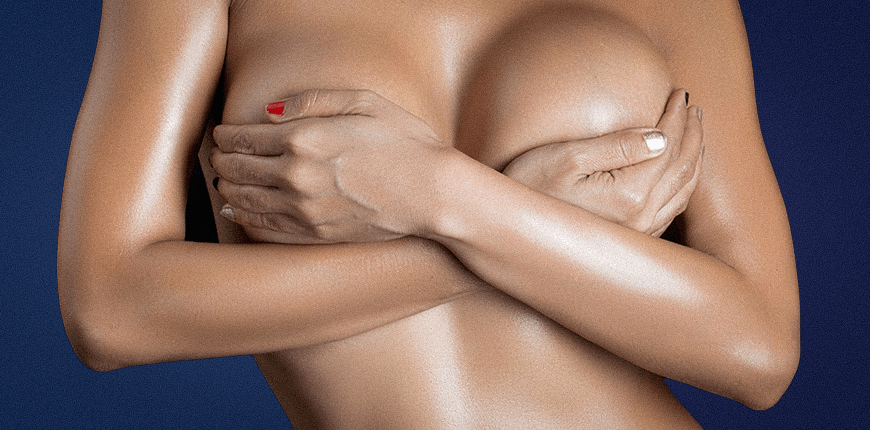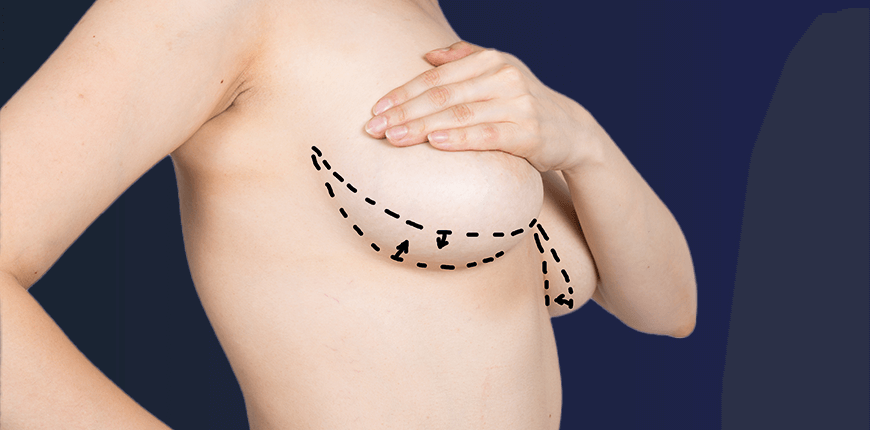
Liposuction
Liposuction is a surgical procedure to remove excess fat from a person's body. This process stands out as a good option for people who have failed to get rid of stubborn body fat through diet and exercise.
Liposuction can be performed using several different techniques, but basically, the surgeon makes small incisions in designated areas of the body and absorbs the fat through devices. Various tools such as vibration, ultrasound, or laser are used to break up fat cells and remove them from the body.
Liposuction is generally used to remove excess and stubborn fat from the abdomen, hips, thighs, upper arms, back, neck, and sides. This procedure is also not limited to removing fat from a particular area. In some cases, more than one application can be made in more than one area.
Liposuction is usually performed under general anesthesia, but in some cases, local anesthesia or sedation may be preferred depending on the application area.
Who Can Have Liposuction?
Liposuction can be the solution for people who have a healthy lifestyle and have stubborn fat deposits in certain parts of their bodies. However, anyone who meets the following criteria can get this application done.
► Individuals With Healthy Body Weight: Liposuction should only be considered as an option for the removal of stubborn fat in certain areas, not as a weight loss method.
► People With Fat Deposits: It's applied to remove stubborn fat in certain areas that cannot be corrected with diet and exercise. It is generally preferred for removing excess fat from the abdomen, hips, thighs, upper arms, back, neck, and sides.
► People With Good Skin Elasticity: The application does not help tighten the skin, so people with good skin elasticity are better candidates for this procedure. Otherwise, skin sagging may occur.
►People In Good General Health: It's safer for people in good general health. People with health problems such as heart disease, diabetes, or an immune system disorder are at greater risk.
How is Liposuction Performed?
Local anesthesia is used to make the area painless during the application. General one can also be used, but this entails a substantially longer recovery time.
During the procedure, the surgeon uses a thin tube called a cannula to remove the fat cells. This tube is inserted through small incisions into the area to be treated. In this way, the fat cells are removed by vacuum, and the fat layer under the skin is thinned.
After the liposuction procedure, the patient is kept under observation for several hours. After being sent home, swelling and bruising may occur for several days. In addition, it may be necessary to wear a corset or elastic garment to tightly wrap the operated area. The patient should rest for a few days and gradually increase his daily activities. Full recovery may take several weeks.
It can be applied to one or more areas, and the duration of the procedure may vary depending on the size of these areas and the amount of fat. After the procedure, it is aimed to give the patient's skin a smoother and more shaped appearance. However, it's important to maintain healthy actions such as diet and exercise because they are key factors in reshaping the human body.
Differences Between Laser Lipolysis and Liposuction
 Laser liposuction is a type of application in which laser technology is used to dissolve and remove fat cells. During the procedure, laser liposuction melts the fat cells using laser energy, allowing them to be removed more easily.
Laser liposuction is a type of application in which laser technology is used to dissolve and remove fat cells. During the procedure, laser liposuction melts the fat cells using laser energy, allowing them to be removed more easily.
The main difference between laser liposuction and traditional liposuction is how the removal of these fat cells is carried out. While traditionally removing fat cells by suction through a vacuum tube, laser liposuction destroys fat cells using laser energy. Also, laser liposuction can offer less pain and faster recovery time, as it is a less invasive procedure than traditional liposuction.
Lipolysis is a procedure performed using laser energy to break down fat cells. While lipolysis helps to shrink and tighten fat cells, laser liposuction aims to remove fat cells completely.
Things to Consider After Liposuction
Liposuction is an application for the removal of stubborn fat from the body. Recovery period can vary from person to person. Side effects such as pain, swelling, and bruising can be seen for a few weeks on average. Here are some points to consider in order to speed up the healing and achieve better results:
-
Wearing Compression Garments: It is important to wear a corset after liposuction. In this way, it is possible to reduce swelling and accelerate the healing process.
-
Regular Rest: It is necessary to rest well after the procedure. Adequate sleep should be taken and heavy physical activities should be avoided.
-
Using Drugs Regularly: It is important without interrupting the medicines recommended by the doctor. These ones can help reduce pain and eliminate the risk of infection.
-
Adequate Water Consumption: It is advised to drink plenty of water during the convalescence period. Meeting the body's need for water causes edema to disperse and accelerates the healing process.
-
Increasing Physical Activities Gradually: After the application, physical activities should be gradually included. Rushing can delay wound healing and increase the risk of infection.
-
Eating Healthy: Having a good diet helps wounds heal and serves to improve results. In addition, eating a healthy diet can also prevent weight gain, helping to keep the results long-lasting.
-
Are liposuction results permanent?
The results get after liposuction may be permanent, but if the person gains weight, fat may accumulate in the treated area and the results may deteriorate.
-
Is liposuction a painful procedure?
No. Since it is performed under general anesthesia, it does not hurt, but pain and mild discomfort that can be experienced for a while after the procedure is normal.
-
Can liposuction be used to lose weight?
Liposuction is not used to lose weight, but to remove fat from areas of the body where fat accumulates. After this procedure, the person can have a tighter appearance, but weight loss is not achieved.














